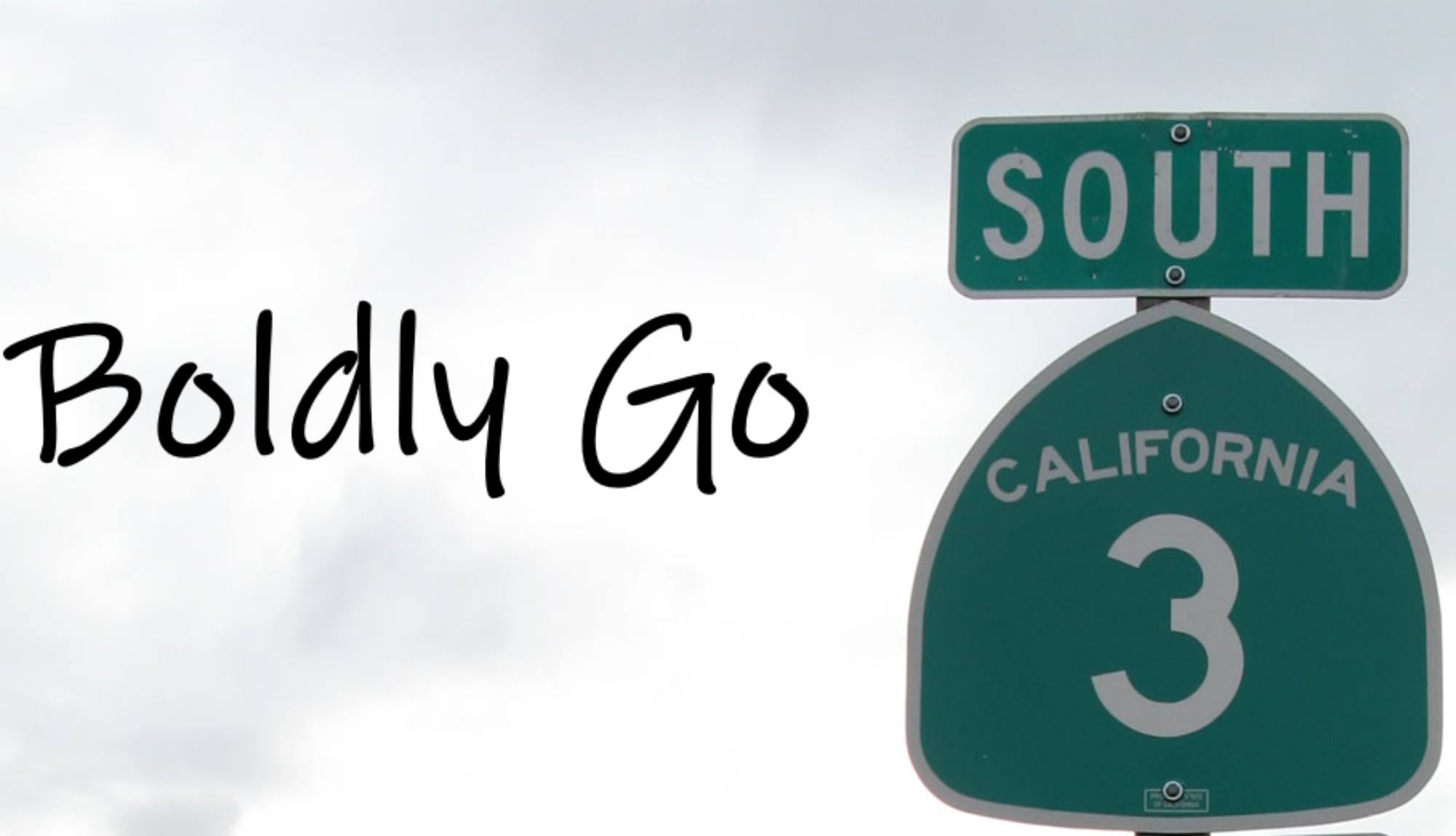This is one of a series called “30 Days of Video Games“, an exercise on daily writing.
Follow the link for the full list.
It will come as no surprise, as I’ve probably mentioned it about 36,834 times already on this site; my favorite game of all time is The Legend of Zelda: Ocarina of Time. Hardly a controversial choice, as Ocarina is often listed highly or at the top of a number of ‘greatest of’ lists, and remains the all-time highest-reviewed game on Metacritic. We’re not just going for the popular route here, though – Ocarina remains a top of list of great games for me as the pinnacle of what a good role-playing game can be.
Wait, did I just say “role-playing game?” But, Josh, you might say, silly boy, Zelda isn’t an RPG? Okay maybe so. But in its defined genre of “action-adventure”, Ocarina (as many of the other Zelda games) tells a story with far more panache than any Final Fantasy could ever. More importantly, Ocarina did it with a sparing amount of cut-scenes and almost no high-end graphics effects (saving the best effects for the final battles) but with amazing ‘camera’ work – lingering, haunting shots of the protagonist and his allies, framing shots of Zelda, Link & Ganon with a mastery more suited for cinema than video games. Nowhere in the game was this better illustrated when Link leaves his home for the first time;
In that receding 8-second shot of Saria, you see everything Link is sacrificing to become the Hero of Time – a life others have lived before him and the life-long friendship of Saria. You know that Saria will play a more important part of the story, but just like Link, the player has no idea what his sacrifice will truly cost. Other decisions are equally amazing in their execution – no music plays during that entire scene (outside of the chimes that accompany Link’s acquisition of another item) – just the background noise of the forest, a tranquil chorus of bird calls. The silence is heavy, eerie, even, as Link takes two hesitant backward steps into his destiny. It’s made even more stark by the inanely cheerful background music for Hyrule Fields and when Kaepora is on-screen.
The story-telling elements are just one piece of the masterpiece wrought by Miyamoto and his team, but they are ever-present. Link’s first confrontation with Ganon is another excellent use of camera work and lighting, as is the slow-pan reverence paid to the first time the player (and Link) sets eyes on the Master Sword;
Or the beautifully framed image of our three principals, beginning what would become a generations-long battle for the soul of Hyrule;
(look at the :49 mark.)
Also, I never knew that you could hang off the ledge like that – huh, learn something every day. Which is a great segue into the other outstanding element of OOT – the gameplay. Ocarina is, after all, an action-adventure and is really not an RPG. While the acquisition of loot has always been a hallmark of the Zelda games, each piece of new gear Link gets is just another means to unlock his next objective. In that sense, Zelda games are more puzzle games than RPG, and Ocarina, again, leads its siblings in that regard; the 3D environment was fully utilized, beautifully so in the dungeons (except for the Water Temple, assholes.) Solving a dungeon no longer required knowing exactly where to drop a bomb (though there was plenty of that – especially in the Goron temple,) but figuring out how to get back to the same room but in a different location, and most often, a different height.
The 3D environment added amazing elements to the combat as well – consider the Queen Gohma fight (a truly creepy use of camera effects, by the way) or the Forest Temple boss fight, where the subtle difference in height between the mounted shade of Ganon and Link made a simple concept of whack-a-mole a bit more tricky in execution.
Lastly, the story itself of OOT is as endearing to me as any. There’s really not a lot to it that’s original, really, it’s a coming-of-age story, but with a really cunning twist; the protagonist AND the damsel are both having to come into their own powers. The setup is flawless – the young-Link part of the game has a child-like innocence about it and a simple quest, but during the course of this quest, Link unwittingly damages his home severely; not only by allowing Ganon access to the Triforce, but in his interactions, Link (and through him, Zelda) create a lot of disorder in the lives of their countrymen. Mari… I mean Talon & Walug… I mean Ingo’s toss up leaves Talon’s business in disarray and Malon’s heart as collateral damage. Ruto too gets her heart broken, not to mention her entire species almost gets wiped out. While “Bad Things Happening to Good People” is a time-honored tradition in story-telling of vilifying the antagonist, OOT does a great job of laying a lot of the blame at the real root cause – young Princess Zelda, who acts out of impulse in her early career, instead of the Wisdom that she later earns. Link too is shown as having to own up to his childhood mistakes, earning over (and then some) the Triforce of Courage.
Ocarina was a watershed moment in video gaming, there’s little doubt of that. Nintendo has often scored big victories with its two flagship franchises, but they truly hit everything right when it came to Ocarina. From beginning to end, the story of the first Link will always hold a special place in my memories, and in my heart;
I think someone just started cutting an onion around me…





